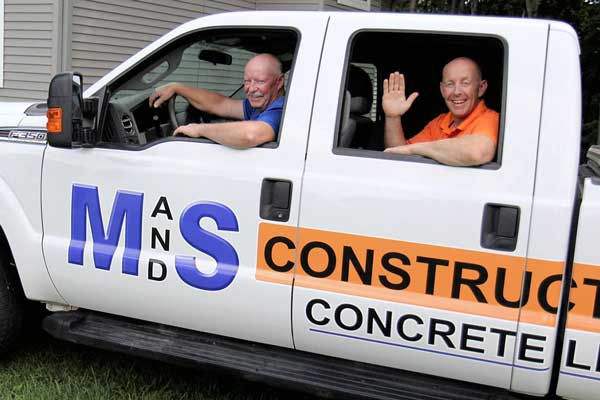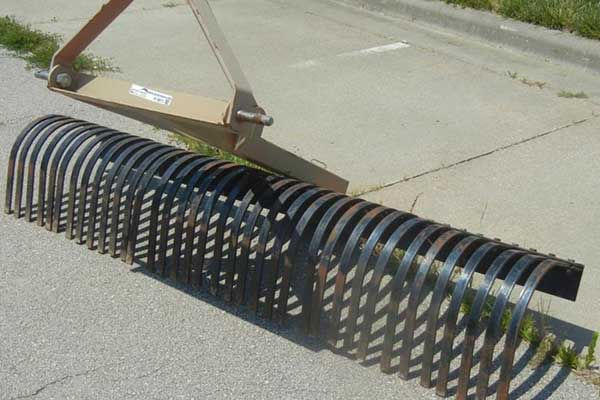Concrete Projects During Winter Months
- Minuteman Press of Coldwater

- Dec 10, 2019
- 2 min read
Updated: Mar 11, 2022
The snow is flying but that doesn’t mean you have to put off your cement-based project.
Pouring concrete in the cold months can be done, but the proper steps need to be taken to ensure it cures well and is strong.
Make sure the ground is not frozen. Concrete poured when the ground is hard or covered with snow or ice will shift when it thaws causing cracks and uneven surfaces. Use a heater to thaw the ground and make sure the ground is well compacted before pouring.
The temperature for curing concrete also cannot dip below 40 degrees for the first 48 hours. This warmer temperature allows the concrete to cure and strengthen properly. Frost blankets and other temporary covers help to keep the concrete at the desired temperature for those first two crucial days.
We have what you need in stock! Our blankets are 6'x25' for $50 each. Contact us today to start your next winter project!
Anytime you are pouring concrete it is also important to slope the grade for proper drainage, install concrete joints by sawing, forming or tooling a groove and not overwork the concrete surface. If you need more tips on using concrete here are 9 Tips About Concrete Care and Use for you to check out.
Concrete Queries: You’ve asked them, let us answer!
Q: What is a concrete contractor?
A: A concrete contractor is a trained and experienced individual or team that can manage concrete from fluid state to the hard finished product that is produced. Usually the contractor takes care of preparing for, ordering, placing, and finishing the concrete. A ready mix supplier partners with reputable contractors to supply a quality mix that will last a lifetime.
Need a Contractor? Contact Ryan with M&S Construction today at 517-425-2751.
Q: What type of concrete is used for sidewalks?
A: We recommend a 4000 psi concrete with limestone aggregate. For concrete driveways, slabs and sidewalks, a pour of at least four inches is typical.
Construction Supplies from Becker & Scrivens. Limestone Aggregate: Composed of calcium carbonate, CaCO3, limestone aggregate has chemical and physical properties that deliver exceptional performance and value in concrete products.
Q: Can you pour concrete over old concrete?
A: A well-poured concrete slab with a deep, sturdy foundation can last for 30 to 40 years. Pouring concrete over old concrete instead of directly over a new gravel foundation limits the ability to maximize the slab’s lifespan. The condition of the existing slab is the primary factor that determines how long the new concrete will last.
Q: Can I pour concrete over dirt?
A: You can fill over the dirt as long as it is compacted very well and has no organic matter that will be in contact with the concrete. You should also leave enough room to have a full four inches of concrete throughout the area of the pour.
Looking to compact the area yourself? Learn the steps that Hunker suggests on how to compact soil for concrete slabs.







Comments